Understanding the FBA Amazon price structure is essential for sellers aiming to maximize profits on the platform. From fulfillment and storage fees to hidden surcharges, each cost impacts your bottom line. This guide breaks down every component of Amazon’s FBA pricing in 2025 and how to calculate them effectively. Whether you’re a new or experienced seller, staying informed is key to success.
What is Fulfilled by Amazon (FBA)?
Fulfilled by Amazon (FBA) is a service in which sellers send their inventory to Amazon’s fulfillment centers, where Amazon handles storage, packing, and shipping to customers. This model offers faster delivery and Prime eligibility, often increasing sales velocity.
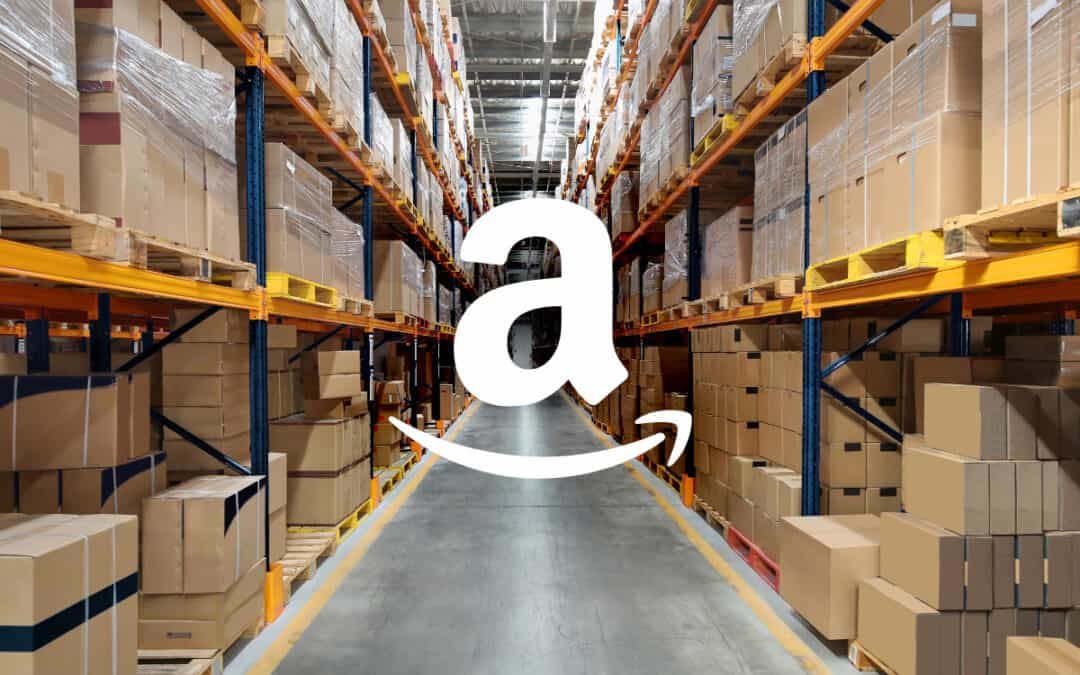
However, the FBA Amazon price includes various fees—such as storage, long-term holding, and fulfillment costs – that can impact profit margins. While FBA provides convenience and scalability, it is typically the most expensive of Amazon’s fulfillment options. Sellers must carefully evaluate their cost structure to ensure profitability.
What Are the Current FBA Amazon Prices and Selling Costs?
As of 2025, the FBA Amazon price structure includes multiple selling costs that Amazon sellers must consider to calculate true profitability. These costs fall into three main categories: FBA fulfillment fees, storage fees, and additional service charges.
- Fulfillment fees are charged per unit and vary by item size, weight, and product category – typically ranging from $3.22 to $7.17 for standard-size items, and higher for oversized goods.
- Monthly storage fees are calculated based on the calendar month and cubic footage used. From January to September, standard-size items are charged approximately $0.87 per cubic foot, increasing to $2.40 from October to December.
- Long-term storage fees may also apply to inventory held for more than 365 days.
- Additional fees include removal or disposal fees, unplanned service fees for non-compliant shipments, manual processing fees, and low-level inventory surcharges for frequently out-of-stock ASINs.
- Amazon also introduced an Inbound Placement Service Fee in 2024, which charges sellers for distributing inventory across fulfillment centers.
Breakdown of Amazon FBA Fees
Understanding the various fees associated with the Fulfillment by Amazon (FBA) program is crucial for sellers looking to maximize their profits. Here’s a detailed breakdown of the key fees you can expect when using FBA:
FBA fulfillment fees
FBA fulfillment fees cover the costs associated with picking, packing, and shipping your products. These fees vary based on the size and weight of your items. For instance, small standard-size items (up to 12 oz) incur lower fees, while larger items, such as large bulky products, have higher fulfillment costs. Here’s a quick overview of the fulfillment fees:
- Small standard size: Costs range from approximately $2.29 to $3.65, depending on the weight.
- Large standard size: Fees can range from $3.68 to $6.92, based on the weight of the item.
- Large bulky size: Starting at $9.61 for items up to 50 lb, with additional charges for heavier items.
These fulfillment fees are essential to factor into your pricing strategy to ensure that you remain competitive while covering your costs.
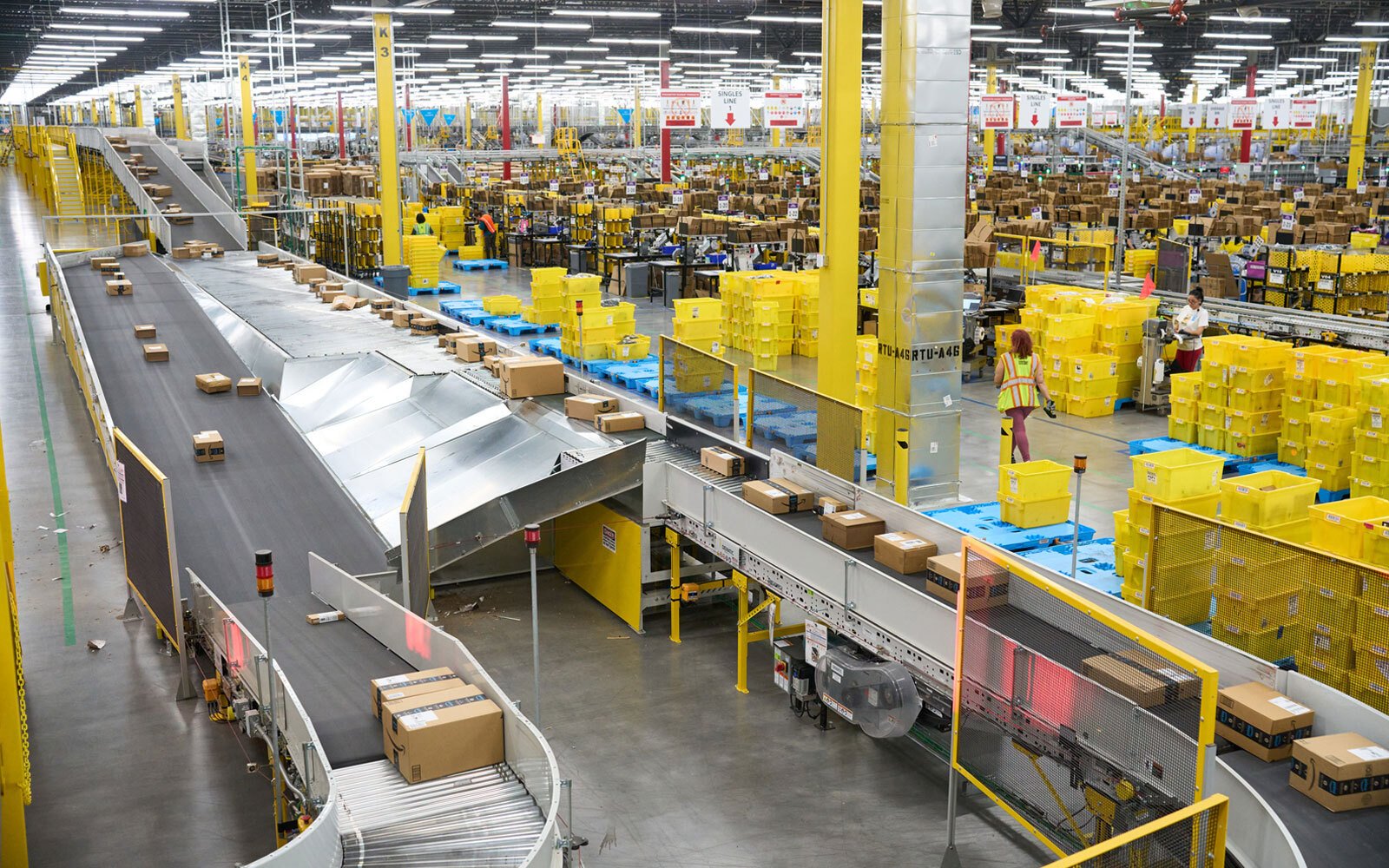
FBA Storage Fees
FBA storage fees are charged for storing your inventory in Amazon’s fulfillment centers. These fees can significantly impact your overall profitability, so it’s important to understand how they work.
Monthly storage fee
The monthly storage fee is based on the average daily volume (in cubic feet) that your inventory occupies in Amazon’s warehouses. The rates vary depending on the time of year and the size of your products. For example, during the off-peak season (January to September), the fees for standard-size items can be as low as $0.78 per cubic foot, while peak season (October to December) rates can rise to $2.40 per cubic foot for the same items.
Long-term storage fees
Long-term storage fees apply to inventory that has been stored in Amazon’s fulfillment centers for more than 180 days. This fee is designed to encourage sellers to manage their inventory effectively. The long-term storage fee can range from $0.50 to $6.90 per cubic foot, depending on how long the items have been stored. It’s crucial to monitor your inventory levels to avoid these additional charges, as they can quickly add up.
Additional FBA Fees
In addition to the standard fulfillment and storage fees, Amazon FBA sellers may encounter several additional fees that can impact their overall costs. Understanding these fees is essential for effective inventory management and pricing strategies. Here’s a breakdown of the additional FBA fees you might face:
Inventory storage overage fees
If your inventory exceeds the allowed storage limits, you may incur inventory storage overage fees. These fees are charged monthly and can significantly affect your profit margins if you are not careful with your inventory levels.
Inventory removal and disposal fees
When you decide to remove unsold inventory from Amazon’s fulfillment centers, you will be charged removal fees. These fees vary based on the size and weight of the items being removed. Additionally, if you choose to dispose of your inventory instead of having it returned, similar fees apply.
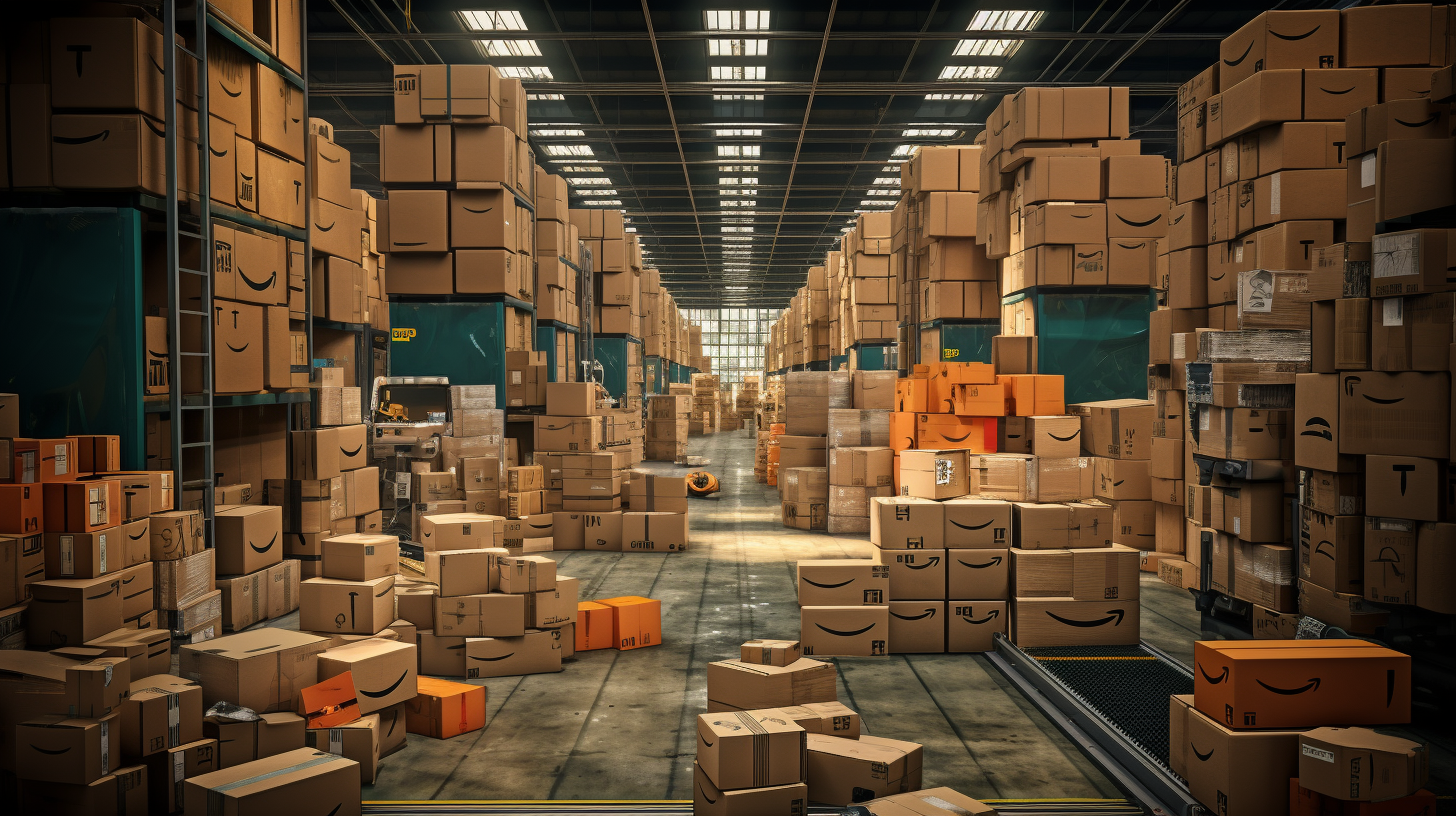
Unplanned service fees
Unplanned service fees are incurred when your inventory arrives at Amazon without proper preparation or labeling. If Amazon has to perform these services for you, they will charge a fee per unit, which can add up quickly if you frequently send unprepared items.
Manual processing fees
If your shipments require manual intervention due to issues such as incorrect labeling or packaging, you may be charged manual processing fees. These fees typically range from $0.15 to $0.30 per unit, depending on the specific circumstances.
Package prep fees
For items that require special packaging or preparation (such as polybagging or bubble wrapping), Amazon charges package prep fees. These fees can vary based on the product category and the specific services needed, generally ranging from $0.70 to $2.55 per unit.
Inbound placement service fee
If you opt for Amazon’s inbound placement service, which allows you to send all your inventory to one fulfillment center for redistribution, you will incur an inbound placement service fee. This fee varies based on the size and weight of your items and can range from $0.21 to $6.00 per unit.
Low-level inventory fee
The low-level inventory fee applies to products that consistently have low stock levels relative to demand. If your inventory is below a certain threshold (typically 28 days of supply), you may be charged this fee to encourage better inventory management.
Inbound defect fee
If your items arrive at Amazon’s fulfillment centers with defects or damage, you may incur an inbound defect fee. This fee is typically around $0.04 to $0.07 per unit, depending on the nature of the defect.

How to calculate FBA Amazon price
Calculating the FBA Amazon price is essential for ensuring that your business remains profitable while competing effectively in the marketplace. Here’s a step-by-step guide to help you determine the right pricing strategy for your products.
1. Analyze Your Product Specs and Order Volume
Start by examining the specifications of your products, including size, weight, and category. These factors directly influence your FBA fees, as fulfillment costs vary based on the dimensions and weight of the items. Additionally, consider your expected order volume. Higher sales volumes can lead to economies of scale, allowing you to reduce per-unit costs and potentially adjust your pricing strategy accordingly.
2. Factor In Your Amazon Seller Plan Subscription
Your choice of Amazon seller plan significantly impacts your overall costs. The Individual plan charges $0.99 per item sold, while the Professional plan has a flat fee of $39.99 per month, regardless of sales volume. Understanding which plan suits your business model best will help you accurately calculate your FBA Amazon price and ensure that you cover all associated fees.
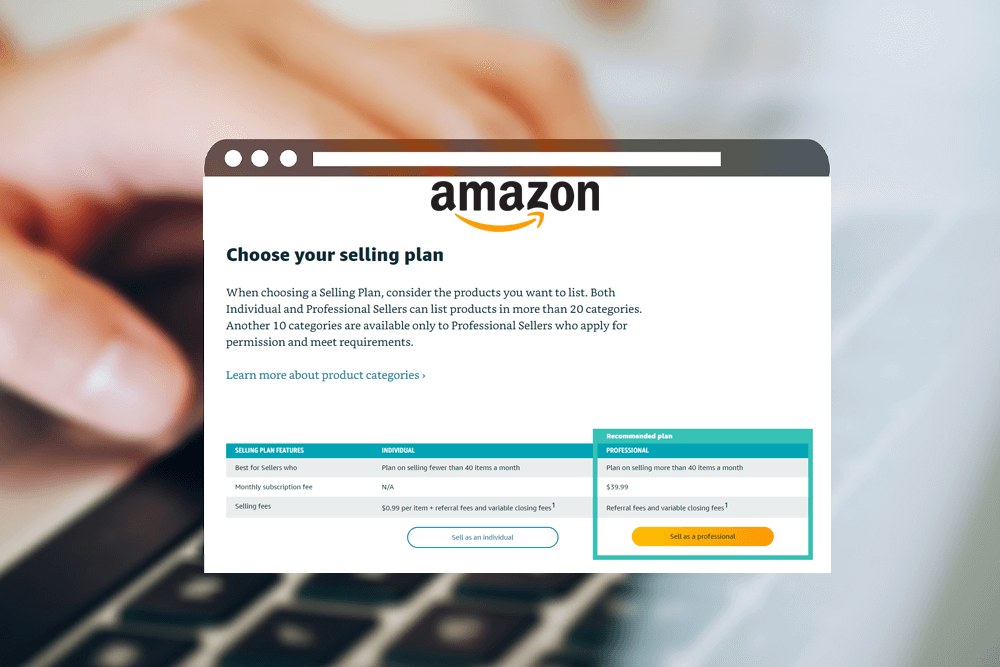
3. Calculate Monthly Expenses and Profit Margins
To determine your FBA Amazon price, you need to calculate all monthly expenses, including fulfillment fees, storage fees, and any additional costs such as advertising or promotional expenses. Once you have a clear picture of your total costs, you can set your selling price to achieve your desired profit margin. Aim for a price that not only covers your expenses but also provides a competitive edge in the market.
4. Compare Quotes from FBA Alternative Providers
Finally, it’s wise to explore alternative fulfillment options. Compare quotes from third-party logistics (3PL) providers to see if they can offer better rates or services than Amazon FBA. This comparison can help you make informed decisions about whether to stick with FBA or switch to another provider, ultimately impacting your FBA Amazon price strategy.
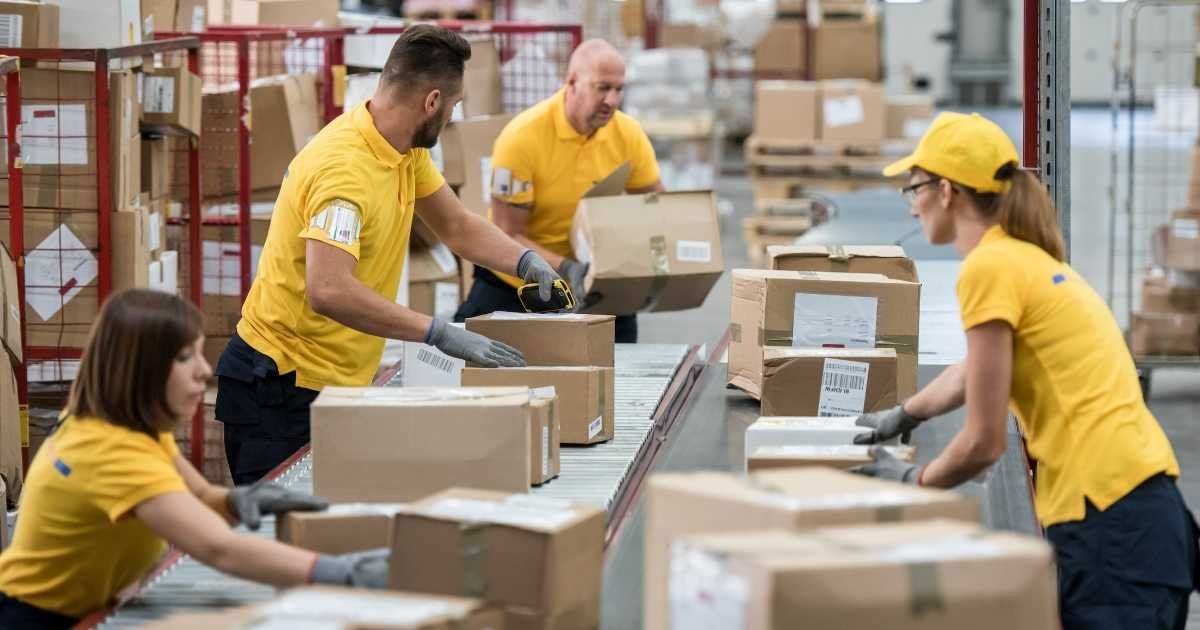
Start Strong with Key Logistics for Amazon FBA
Navigating the complexities of FBA Amazon price structures can be overwhelming for new and experienced sellers alike. That’s where Keys Logistics stands out as a trusted fulfillment partner. With over a decade of experience supporting Amazon merchants, Keys Logistics offers an end-to-end solution tailored to minimize operational costs and improve profit margins—even amid rising FBA fees.
Unlike traditional prep centers, Keys Logistics leverages smart inventory placement and demand forecasting to reduce long-term storage and inbound placement service charges—two key components that often inflate the FBA Amazon price. Their strategically located fulfillment centers across North America and Europe ensure faster restock times and lower transportation costs, directly benefiting sellers affected by Amazon’s regional distribution model.
What sets Keys Logistics apart:
- FBA compliance expertise: Their team ensures every unit meets Amazon’s packaging, labeling, and shipment standards, helping you avoid unplanned service fees and costly delays.
- Advanced tech integration: Seamless syncing with Seller Central, Shopify, and other platforms for real-time inventory and order visibility.
- Customizable support: Whether you’re scaling up or entering a new market, Keys offers flexible plans – including hybrid FBA-FBM solutions – to align with your goals.
FBA Amazon price frequently asked
How much is the FBA Amazon seller fee?
The FBA Amazon seller fee consists of several components, including fulfillment fees and storage fees. Fulfillment fees vary based on the size and weight of the products, ranging from approximately $2.29 to $6.92 for standard items, while storage fees can range from $0.56 to $4.28 per cubic foot, depending on the season and item size.
What factors affect the FBA Amazon price?
Several factors influence the FBA Amazon price, including:
- Product size and weight: Larger and heavier items incur higher fulfillment fees.
- Category of the product: Different categories may have varying fee structures.
- Order volume: Higher sales volumes can lead to lower per-unit costs.
- Storage duration: Longer storage times can result in additional fees, especially for aged inventory.
Does Amazon charge monthly fees for FBA sellers?
Yes, Amazon charges monthly fees for FBA sellers. There is a subscription fee for the seller plan, which is $39.99 per month for the Professional plan. Additionally, sellers incur fulfillment and storage fees based on their inventory and sales activity.
Understanding the FBA Amazon price structure is key to optimizing profitability in today’s competitive marketplace. From fulfillment and storage to additional service fees, sellers must evaluate all costs carefully. By accurately calculating these expenses and comparing 3PL alternatives, you can streamline your logistics strategy and boost ROI. For a cost-effective solution tailored to your FBA needs, partner with Keys Logistics. Contact Keys Logistics today to simplify your Amazon operations and reduce your FBA costs.


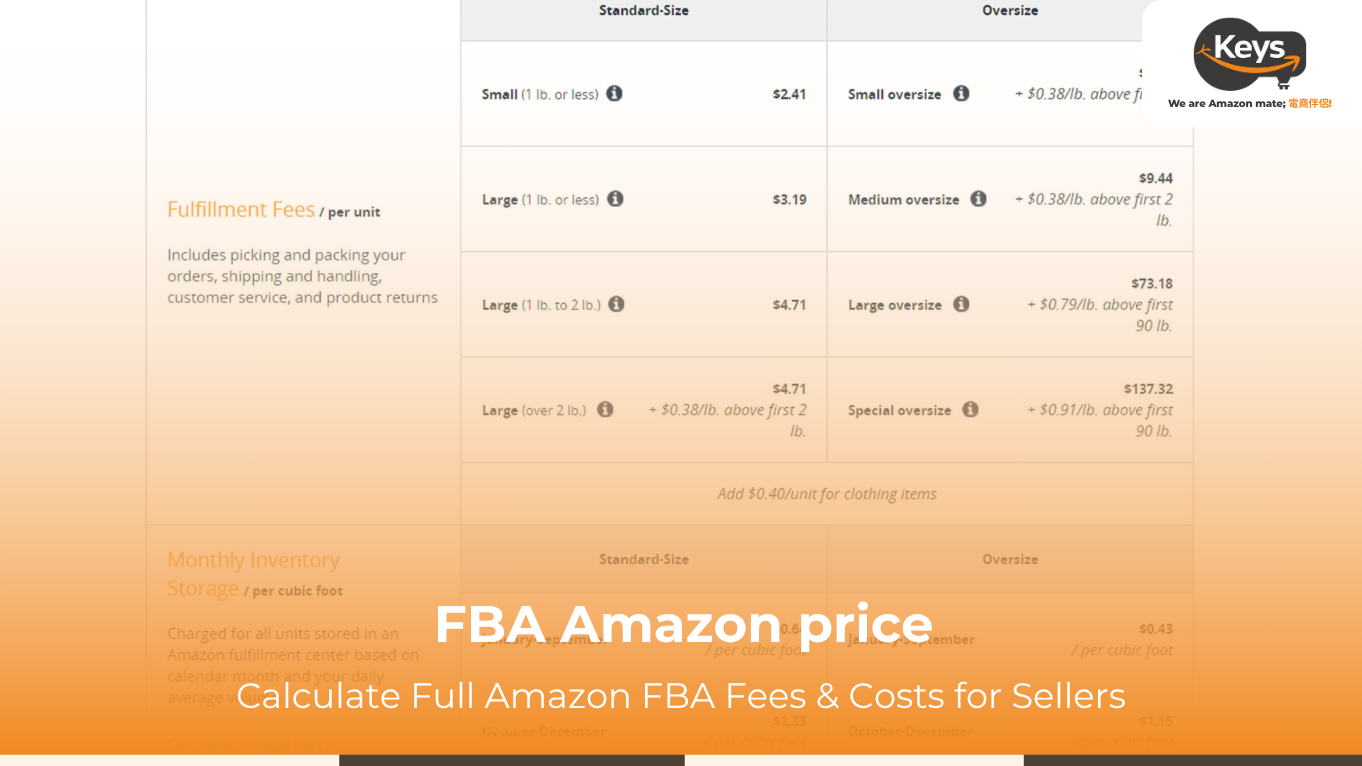









 Tiếng Việt
Tiếng Việt 中文 (中国)
中文 (中国)

